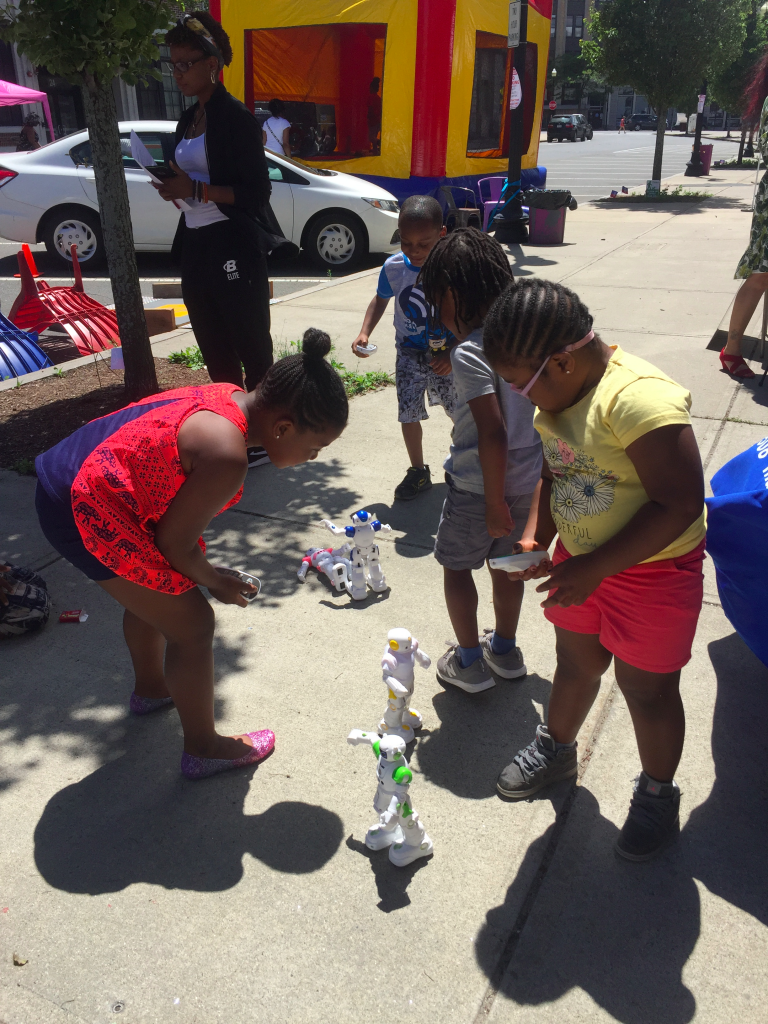
By Divya Anand & Kate Godin
Imagine you are rushing to a birthday party for a child. You forgot to pick up a gift. What are the chances that you’d pick a gender color-coded toy matching the gender of the child? If you are not conscientious about gender stereotyping, chances are quite high that you will pick blue if the child identifies as a boy, or pink, if the child identifies as a girl. And chances are quite high, that you’d pick a toy that mirrors play with traditional gender role stereotypes—pretend “makeup” and tutus will be in the pink “girls” section, and cars and guns in the section with the blue “boy” toys.
What and how does this gender color-coding affect the ways in which we raise our children, whatever the gender they identify with? In 2017 the toy industry had 21 billion in sales, and toys were found to be more gendered than in the 1970s. The “gendering” of toys marketed for girls versus boys means that adult selections of toys for children often unconsciously mirror this differentiation. We also buy into the popular belief or bias that children identifying as girls or boys like different toys. Reality is more complicated and by a multiplicity of factors.
“Girl toys” are mostly associated with physical attractiveness, nurturing, and domestic skills, while “boy toys” are more aggressive, competitive, and thrilling. Research tells us that stereotypical girl toys (dolls, accessories, make-up, jewelry, kitchen sets, etc.) help develop verbal skills and the ability to string together complex processes. For example, picking up a doll, dressing it, making pretend food, feeding it, and putting it to bed, fosters sequential learning abilities–skills more attuned to learning humanities and social science subjects. “Boy toys” (building blocks, vehicles, robots, etc.) stimulate action, reasoning, and strategy that develop spatial intelligence—skills critical for success in fields like science and engineering—honing ‘executive functions’ and higher levels of thinking.
Exposure of children to gender-typed toys thus plays a significant and yet unconscious role impacting children’s cognitive and social skills, their perception of self and their career aspirations. Studies in neuroplasticity show that if adults unconsciously, steer children towards gender-typed toys, they influence how their brains and minds grow on a physiological level, directing them to particular (gendered) interests and skills, and in turn, career paths. Another outcome is the lack of focus on emotional literacy for children identifying as boys. Exposing children to a range of toys that provide a diversity of learning possibilities lead to a more balanced field for nurturing their interests and skillsets. What matters is to keep the door open for gender awareness, counter stereotypes in the roles and toys that children are exposed to and most importantly, have critical conversations on their choices and differences of all kinds.
Post a comment